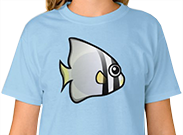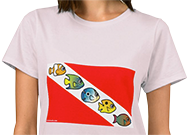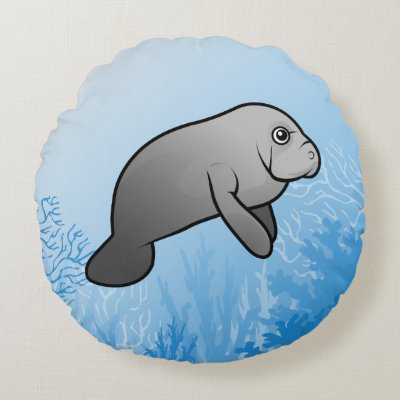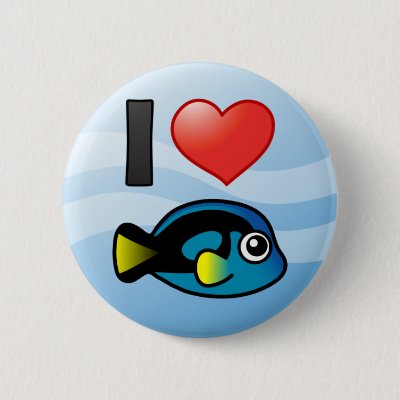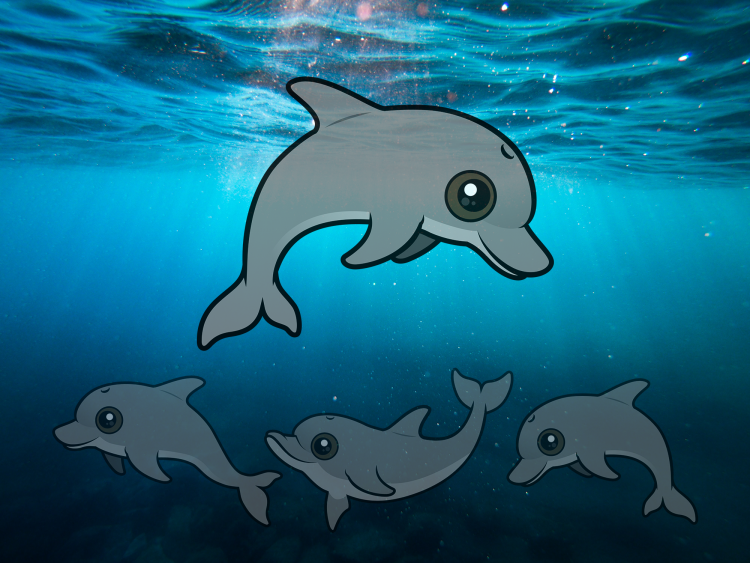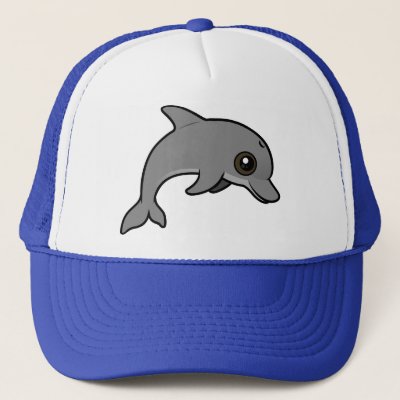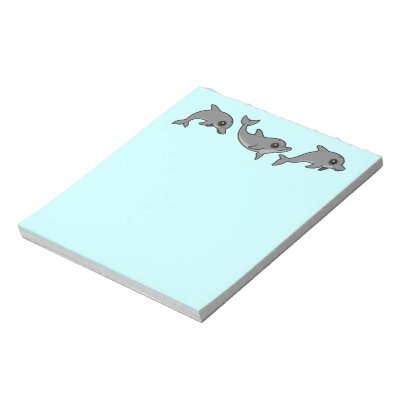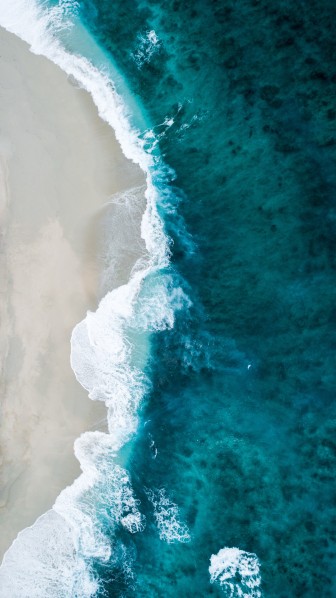Our cute cartoon Scubadorable manatee represents all three species of manatee: the West Indian Manatee, found in warm waters around the Caribbean including all around Florida, the Amazonian Manatee of the Amazon basin, and the African Manatee of western Africa. Here are some fast facts about manatees.
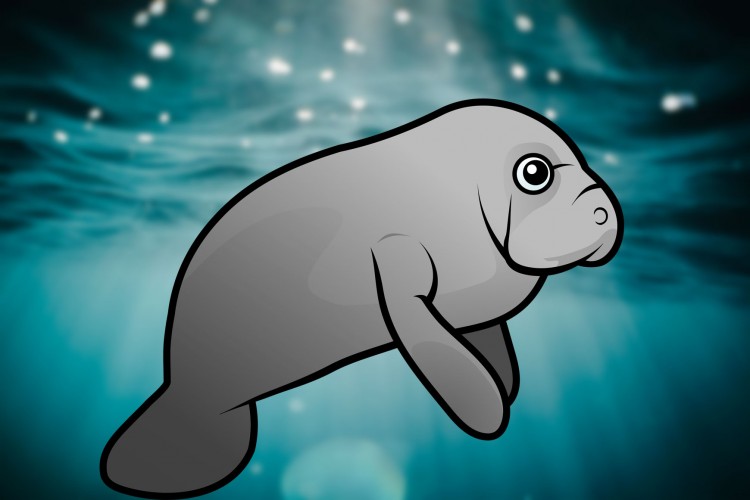
- Endangered Species: All three species of manatee are currently listed as vulnerable to extinction. The two subspecies of the West Indian Manatee are each considered to be Endangered separately.
- Close Relatives: Manatees may be known as "sea cows", but they are closely related to elephants. The similarities can be seen in their thick, wrinkled skin and long, flexible prehensile upper lips.
- Sea Sirens: The three species of Manatee are all in the Order Sirenia. One other aquatic mammal belongs to the Order Sirenia, and that is the Dugong. Dugongs are found in the Indo-Pacific.
- Tropical Waters: Manatees are highly sensitive to cold water. They need water temperatures above 20°C (68°F) to survive. This is why manatees in the United States are often found in Florida during the winter months. Cold snaps drive the animals to warmer waters, such as springs and power plant water circulation areas.
- Veggie Lovers: Manatees are herbivores and are known to eat over 60 different species of plants. These big eaters will consume 10-15% of their body weight in vegetation in a single day!
- Underwater Champs: Manatees can hold their breath for up to 15 minutes when resting. When active, they'll surface to breathe every three to four minutes.
- Hefty Herbivores: Baby Manatees weigh around 66lb (30kg) at birth! Adult Manatees can weigh 880-1210lbs (400-500kg)
- Slow Motion: Manatees are slow-moving creatures and typically cruise through the water at just 2 to 6 miles per hour.
- Big Talkers: Manatees have been found to have a complex array of vocalization which they use for communication, especially between mothers and calves.
- The Manatee joined Scubadorable on August 14, 2008.
